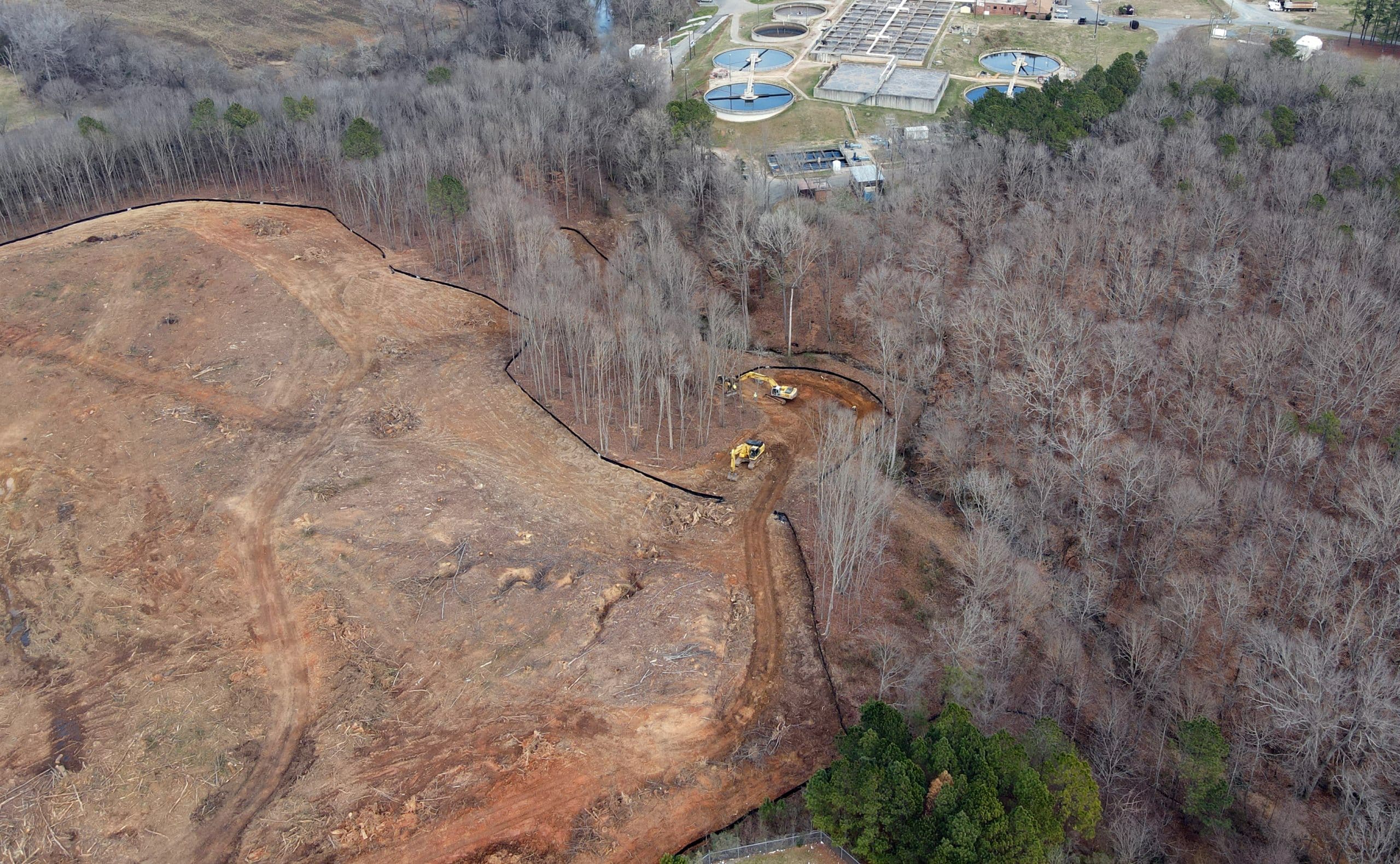Back to projects
Shell Appalachia – Marcellus Shale FDR Design
Geotechnical

Location
PA & WV
About
GTA provided design for upgrade and/or reconstruction of approximately 59 different paved and unpaved state, county, and municipal owned public roadways in Pennsylvania that were damaged by Marcellus/Utica Shale related drilling traffic since 2011. For each road, performed an evaluation of pavement condition and distress (rutting, cracking, base failure, instability) to assess options to support drilling traffic. Pavement design was performed in accordance with the AASHTO design methodology and included full-depth reclamation with cement, base repair options, HMA structural pavement overlay, total reconstruction, and geogrid stabilized base courses.
GTA also provided design for seven dirt and gravel roads, totaling 27 miles, through the Allegheny National Forest that will be subjected to heavy traffic from oil and gas drilling. The roadway upgrades included options for aggregate and rock overlay, base stabilization with geogrid, and full depth reclamation with cement. Used driving surface aggregate to maintain the current gravel surface and reduce potential for dust, erosion, and long-term maintenance.
Our design services on these projects included collection and logging of soil and aggregate samples from test pits and test borings, laboratory testing (moisture, USCS classification, moisture-density, CBR, and unconfined compressive strength of soil-cement samples), and flexible pavement design for full-depth reclamation with hot mix asphalt overlay and aggregate overlay, and also design of structural hot mix asphalt overlays.
Our services during the reconstruction of these roads consisted of full-time observation and testing, which consisted of roadway subgrade stability, undercut and replacement, base repair stability, chemical application and mixing (application rate, moisture and mix gradation), density testing of compacted material, and fabrication of specimens for compression testing.
GTA has also provided wetland services including delineation, GPS location, and reporting for roadway improvements at nine locations to support the heavy vehicular traffic associated with the natural gas industry.
Agencies that were involved in the design process included Pennsylvania DOT, Pennsylvania DEP, National Forest Service, and various county and municipal governments.
Explore some of our similar projects here:

Wastewater Treatment Plant Equalization Basin

Scannell Triangle Brick Redevelopment
